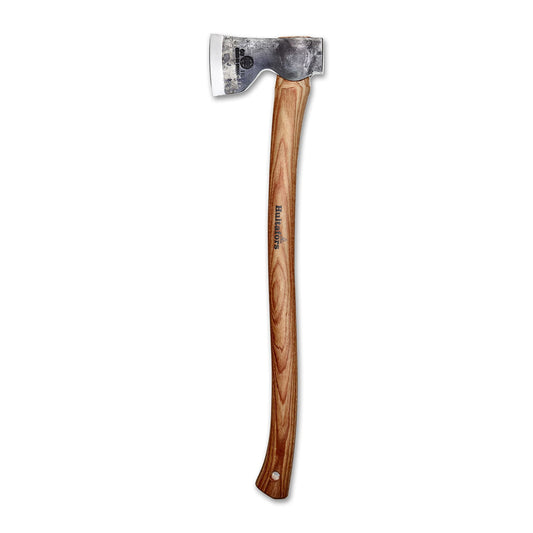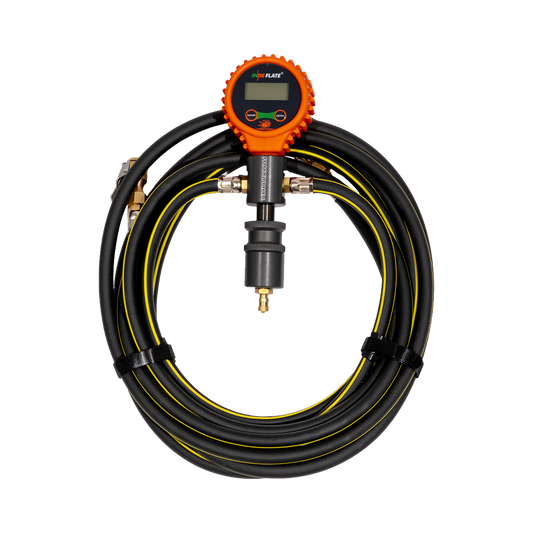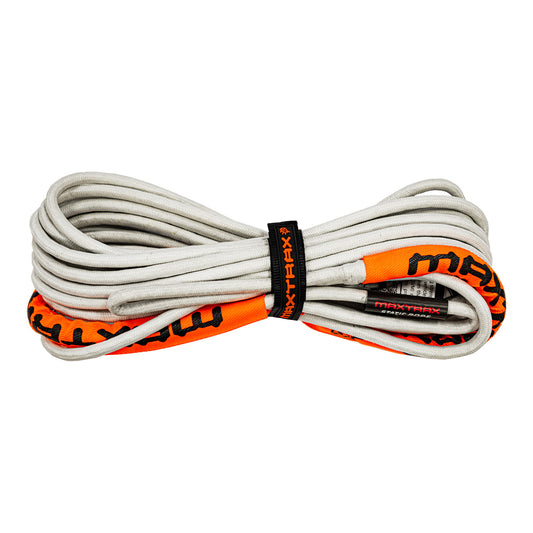Australia’s south is an incredible place. With hidden gems like this track from the Eyre Bird Observatory and hugging the coast of the Great Australian Bight, there’s so much to explore!

After absorbing some of the incredible cave diving histories at Cocklebiddy Cave we joined the Eyre Highway once more, eyes peeled for the turn to Eyre Bird Observatory just east of Cocklebiddy.

Our trip into Eyre Bird Observatory was on assignment for Hema Maps. We were taking photos and notes to freshen up Track 57 of their ever-popular 4WD Adventures title, as well as creating a photo geotagged digital track.

As one of Australia’s most remote research centres, Eyre Bird Observatory is absolutely worth the visit. It’s an accessible return journey from the highway and most 4x4s will have no problems at all.
While there’s no camping it’s possible to stay as a guest of the observatory – it would be an incredible place to spend a couple of nights.

The Eyre Bird Observatory lies behind beside the Southern Ocean. Surrounded by nobody and nothing it’s an incredible place to be. The building is one of the original telegraph stations, and in 1977 the observatory was established by the organisation that’s now known as Birds Australia.


Our visit was in April last year and the Nuytsland Nature Reserve was recovering from fire, we believe there were more fires later in the year too.


We’d intended to return directly to the highway but noticed a track on our GPS running east, parallel to the Eyre Highway but below the cliff line.
Curiosity won – as it often does – and what a stunning drive we stumbled upon.

Aside from the Burnabbie ruins and the two rutted wheel tracks we were following we saw nobody and barely no signs of humans existence at all.



Elevated and tucked up beside the cliffs we unrolled our swags. Kicking back we basked in the view along the ridge and out across the plain.





















